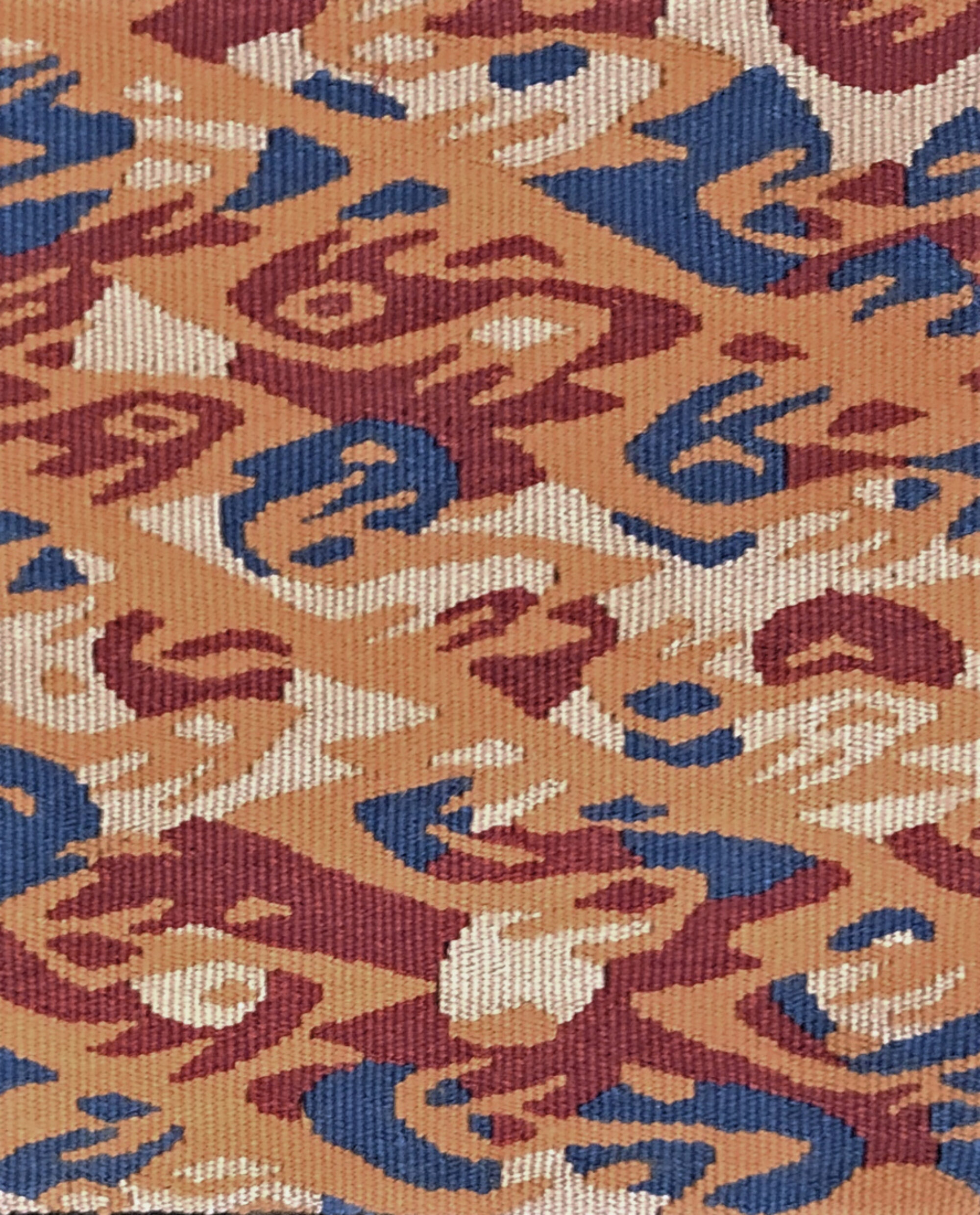This book review was first published in the Spring 1997 issue of the Seattle Art Museum Native Arts Council Newsletter.
A Legacy of Arctic Art
Dorothy Jean Ray, University of Washington Press, 1996
Dorothy Jean Ray’s most recent publication combines the intellectual insights of a respected scholar of Alaskan arctic art with the personal reminiscences of an enthusiastic traveler and collector. Ray, whose publications on Alaskan Eskimos are many, initially traveled to Alaska in 1947 to ski, fish and work. However, the ivory carvings that filled the Nome shops immediately caught her attention and she pursued this interest first through graduate studies and then through a lifetime of field work and historical research into the anthropology and art of Alaskan Eskimos.
Ray’s scholarly publications are well known, however, this volume, written to accompany her donation of almost one hundred objects to the University of Alaska Musuem, focuses as much on the collector herself as it does on the artifacts. Ray’s descriptions of the objects are accompanied by recollections of her experiences in Alaska and of the people who made the objects. The text is both entertaining and insightful. The reader not only learns about the objects in the collection, but also about Dorothy Jean Ray, the Arctic scholar, and her many native friends. The anecdotal and personal information that binds the objects together reveals the methods of a collector and a cultural researcher.
A Legacy of Arctic Art adds important information to Ray’s previous publications. Ray recounts an interview with two elders who had attended the Messenger Feast of 1912 that Ernest W. Hawkes described in his 1913 article, “The “Inviting- In” Feast of the Alaskan Eskimo.” The interview adds new details and perspectives to Hawkes’ often referenced work. Ray also devotes a chapter to copies and fakes, discussing the complexities behind terms such as authentic and genuine and detailing many of the ways that deceptions are carried out.
One of the most fascinating sections of Ray’s book discusses picture writing. Picture writing was invented by the Eskimo people to help remember the Scriptures. Ray met and interviewed Lily Ekak Savok, an Inupiaq woman whose mother, Ruth, was one of the people credited with developing the system of symbols and pictures. Ray includes several picture writing texts along with descriptions that tie them to the corresponding Biblical passages. The ingenuity that lies behind these texts is a testament to a clever mind and to a culture in change.
Throughout A Legacy of Arctic Art Ray’s admiration and respect for the people to whose culture she has devoted her scholarly life is clear. The objects are presented as material evidence of a complex culture but also as cherished gifts and mementos. Far from a detached observer, Ray presents herself as an active and interested participant in the lives of her Native Alaskan acquaintances and friends. It is this personal quality that leaves the reader with a deepened appreciation of the objects in the collection.
